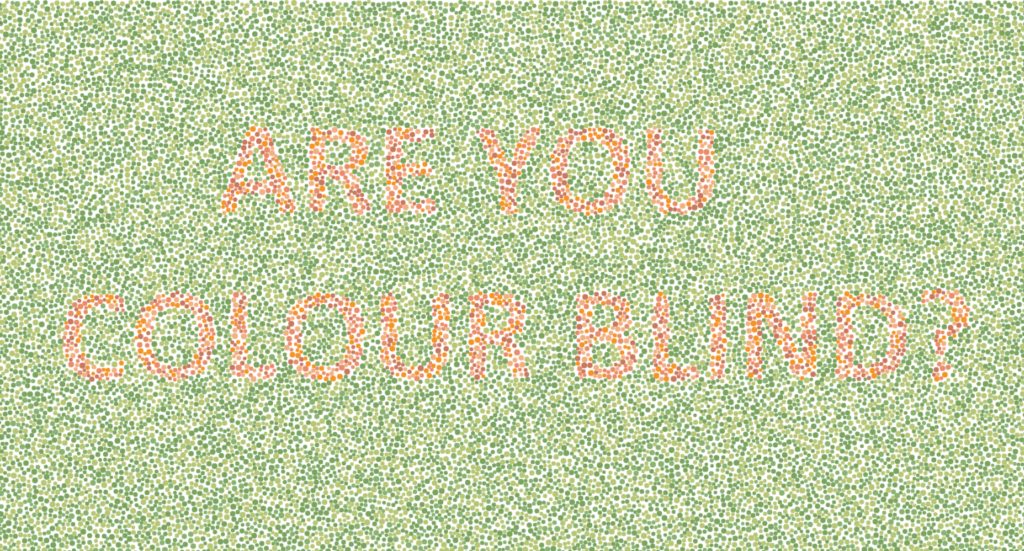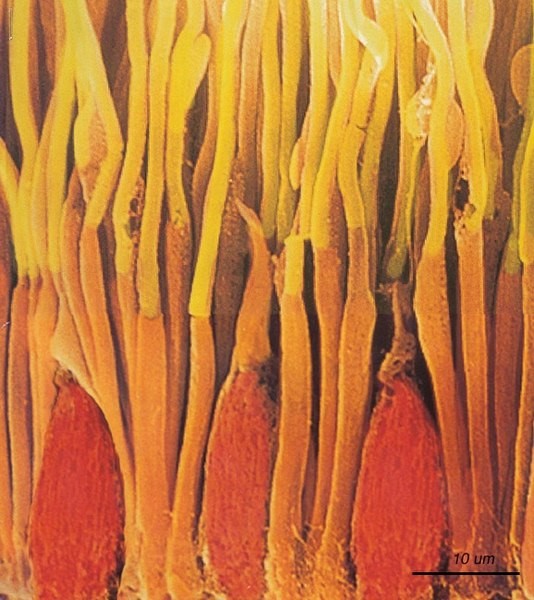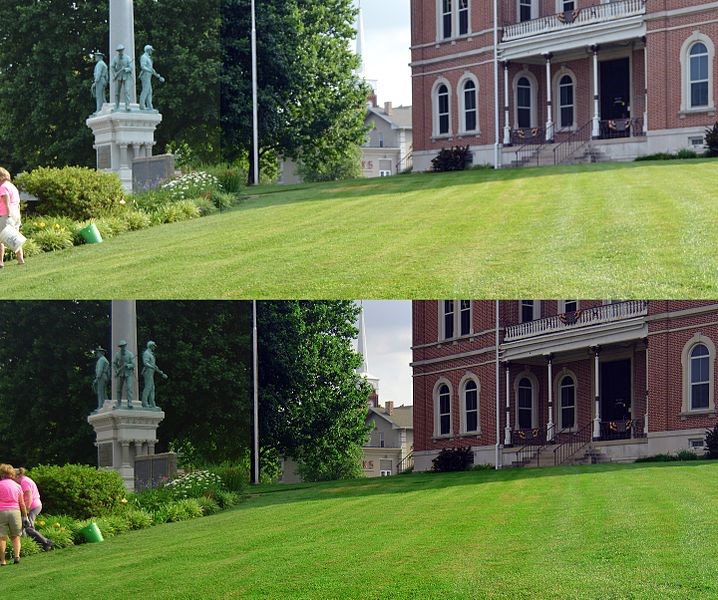
If you were able to read the text in the picture above, chances are you aren’t colour blind. But if you are colour blind like I am, all you’ll see is something similar to a pea and broccoli mush. Now when people talk being colour blind (myself included), most often they mean they aren’t able to distinguish between certain colours, frequently red and green – more accurately it’s referred to as colour vision deficiency. Complete colour blindness occurs as well, although quite rarely.
I found out I was colour blind after an afternoon of sibling roughhousing when my sister scratched out a chunk of my eye’s epithelial layer, the thin layer of tissue on the surface of the eye. My parents rushed me to the ophthalmologist where after some testing they told me 2 things:
- My eye would be fine and heal up on its own, and
- I was colour blind!
This is my sister and I nowadays, about 20 years later and still roughhousing just like that day of the eyeball incident:

It’s all fun and games until someone pokes an eye out.
Like any obnoxious little brother, I let my sister believe that my newly-discovered condition was all her fault. Needless to say, I really felt her wrath when she started the genetics unit in high school biology, but more on that later.
How did the doctors determine that I was colour blind?
With Flying Colours
The most common way to test for colour blindness is called the Ishihara Colour Test, where a person is shown a circle made up of small, differently coloured dots that create an image, like a number or sometimes a squiggle. For those with normal colour vision, seeing the image is no problem. However, colour blind folks aren’t able to distinguish between all the coloured dots and as a result, don’t see any images at all.

Ishihara Plate Sample – What do you see?
Cone Zone
There are three types of light-sensing cells in the human eye: cone cells, rod cells, and Intrinsically Photosensitive Retinal Ganglion Cells (they ran out of one-syllable names after the first two). The cone cells are responsible for seeing colour, so let’s focus on those for a minute.
Cone cells, aptly named for their cone-like shape, detect different wavelengths of light and relay these light signals for your brain to translate into colour. For those with colour blindness, there are defects in some of these cells that cause them not to work properly or not even exist at all!

